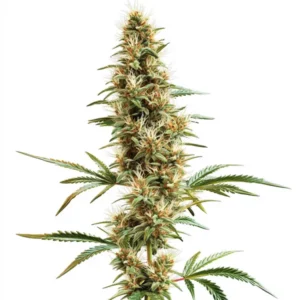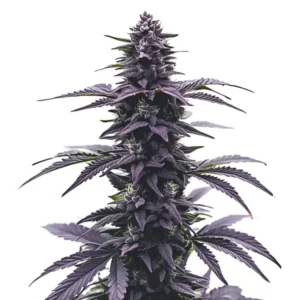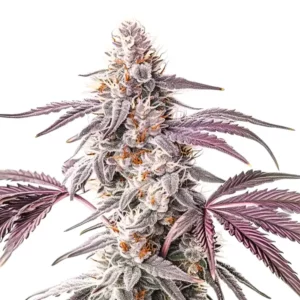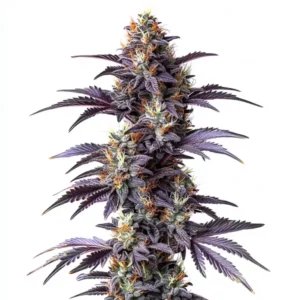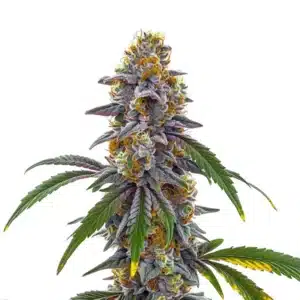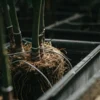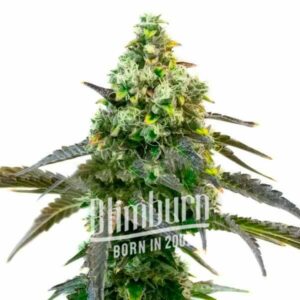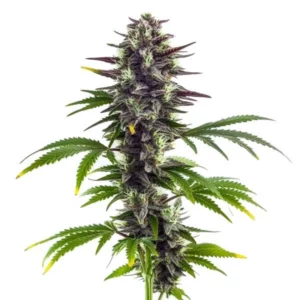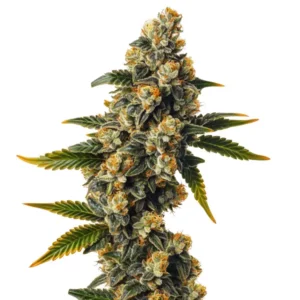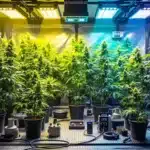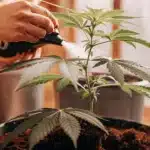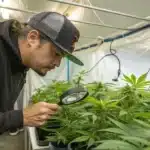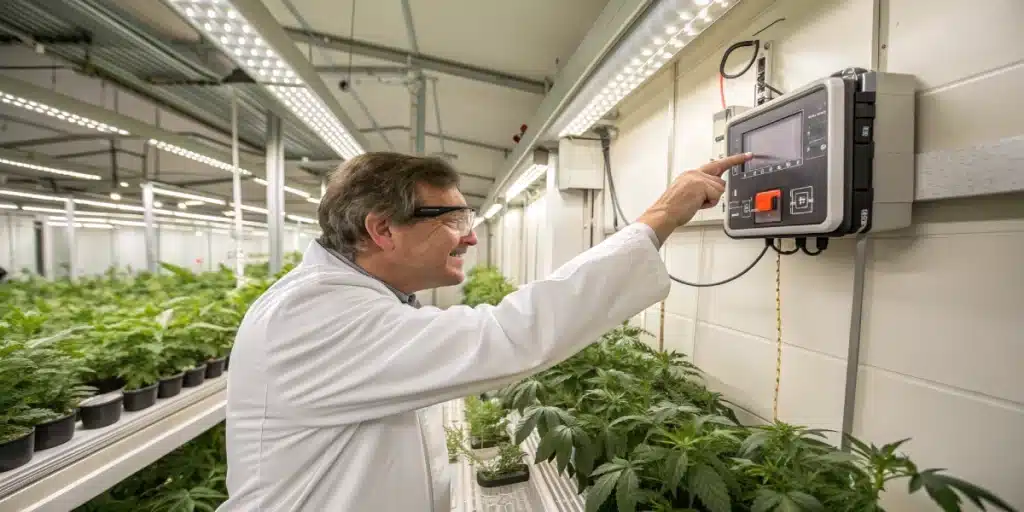
Difference Between Indoor and Outdoor Weed: Which Method Reigns Supreme?
Overview of Indoor Growing
Difference Between Indoor and Outdoor Weed. Indoor cultivation of cannabis has gained immense popularity among growers of all experience levels. By controlling the environment, cultivators can ensure that their plants receive optimal conditions for growth. This method allows for year-round cultivation, regardless of the weather outside. Growers can manipulate light cycles, humidity, and temperature to create an ideal atmosphere for their plants, which results in a predictable growing environment.
One of the main reasons growers choose indoor cultivation is the level of control they have over the growing conditions. This includes selecting the right soil, nutrients, and even the strain of cannabis that fits their needs. Indoor growers can experiment with different growing techniques, such as hydroponics or aeroponics, making it a playground for innovation. However, controlling these variables often requires a significant investment in equipment and maintenance.
Recommended Strains
2046 Fast Version
|
|
THC | 20% - 26% (Medium) |
|
|
Type | Fast Flowering |
|
|
Yield | High |
|
|
Phenotype | 20% Indica / 80% Sativa |
Fat Bastard
|
|
THC | 30% - 38% (High) |
|
|
Type | Feminized |
|
|
Yield | High |
|
|
Phenotype | 50% Indica / 50% Sativa |
On the flip side, indoor growing can lead to some challenges. The initial setup can be quite costly, especially when investing in lighting, ventilation, and climate control systems. Additionally, indoor plants may require more attention, as they can easily be affected by pests and diseases if not monitored closely. This brings us to the next point: understanding the pros and cons of indoor cultivation to make an informed decision.
Pros of Indoor Cultivation
The advantages of growing cannabis indoors are numerous. One of the standout benefits is the ability to produce high-quality buds. With controlled lighting and optimal nutrient levels, indoor plants often yield more potent cannabis. This is particularly appealing for medical users who rely on the quality of their product for therapeutic effects.
Another pro is the reduced risk of pests and environmental factors. When cultivating indoors, growers can avoid the unpredictability of outdoor conditions like rain, wind, or pests that can damage their plants. This controlled environment allows for a more consistent growth cycle, ultimately leading to more uniform crops. Lastly, indoor growers can engage in multiple harvests throughout the year, maximizing their output and allowing them to fine-tune their techniques between cycles.
Cons of Indoor Cultivation
Despite the many benefits, indoor cultivation does come with its drawbacks. The initial setup can be a financial burden, with costs for equipment, electricity, and nutrients adding up quickly. Growers must also factor in ongoing operational costs, which can be significant over time. Maintaining ideal conditions requires continuous monitoring, and any lapse in attention can lead to problems with growth or even crop failure.
Moreover, indoor plants may not develop the same robust flavor profiles and aromas as those grown outdoors. Some growers argue that the natural sunlight and outdoor conditions contribute to a more complex terpene profile. This can lead to a preference for outdoor cannabis among connoisseurs who seek unique flavors and aromas.
Promos & Deals
Difference Between Indoor and Outdoor Weed: Overview of Outdoor Growing
Outdoor cultivation is often seen as the traditional method of growing cannabis. It takes advantage of natural sunlight and the elements, allowing plants to thrive in a more organic environment. This method can yield impressive results if conditions are right, and many growers swear by the flavors and aromas produced by sunlight-grown plants.
One of the most appealing aspects of outdoor growing is the cost-effectiveness. With no need for expensive lighting or climate control systems, outdoor growers can often cultivate cannabis at a fraction of the cost associated with indoor methods. Additionally, outdoor plants tend to grow larger, thanks to the abundant natural resources available.
However, while outdoor cultivation has its perks, it also comes with its own set of challenges. Weather conditions can be unpredictable, and growers are at the mercy of nature. This unpredictability can impact the quality and quantity of the harvest, leading to uncertain results. Understanding these pros and cons is crucial for anyone considering outdoor cannabis cultivation.
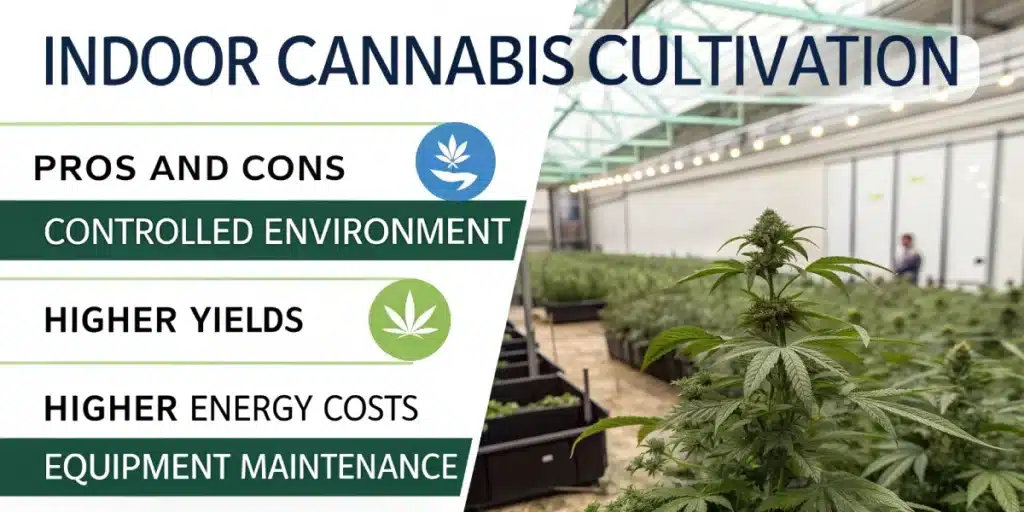
Pros of Outdoor Cultivation
Outdoor cultivation offers several distinct advantages that can make it an appealing choice for many growers. One of the most significant benefits is the reduced energy costs associated with growing outdoors. The sun provides all the light needed for plants to thrive, eliminating the need for expensive grow lights and ventilation systems. This translates into lower utility bills and a smaller carbon footprint.
Another advantage is the potential for larger yields. Outdoor cannabis plants can grow significantly larger than their indoor counterparts, thanks to the unlimited access to sunlight and natural nutrients from the soil. This can result in a more bountiful harvest, giving outdoor growers the opportunity to produce substantial amounts of cannabis. Furthermore, many growers believe that plants grown outdoors develop richer flavors and aromas, making them highly sought after by consumers.
Cons of Outdoor Cultivation
While outdoor cultivation has its perks, it also has its disadvantages. One of the most significant challenges is the risk of pests and diseases. Outdoor plants are more susceptible to insect infestations and mold, which can devastate a crop if not managed effectively. Additionally, natural disasters such as storms, droughts, or unexpected frosts can wreak havoc on outdoor farms, leading to potential crop loss.
Another concern lies in the variability of the harvest. Outdoor growing is heavily influenced by seasonal changes, and fluctuations in weather can impact the growth cycle. Growers may find themselves dealing with inconsistent yields, which can be frustrating for those seeking a reliable output. Understanding these challenges is essential for anyone contemplating outdoor cultivation.
Difference Between Indoor and Outdoor Weed Comparative Analysis
When comparing indoor and outdoor cannabis cultivation, several factors come into play, including cost, maintenance, yield, and quality. This comparative analysis will help clarify the differences between these two methods and assist growers in making the right choice for their needs.
Cost and Maintenance
Cost is often a deciding factor for many growers when choosing between indoor and outdoor cultivation. Indoor cultivation typically requires a significant upfront investment in equipment such as grow lights, ventilation systems, and climate control. Ongoing costs can also add up quickly, with electricity bills and nutrient expenses contributing to the overall financial burden.
In contrast, outdoor cultivation is generally more cost-effective. With the sun providing natural light and fewer equipment needs, growers can often cultivate cannabis at a lower cost. However, outdoor cultivation does require some investment in soil preparation and pest management. Additionally, while outdoor plants may be less expensive to grow, the potential for crop loss due to pests or unpredictable weather can lead to financial uncertainty.
Maintenance is another critical aspect to consider. Indoor cultivation requires constant monitoring and adjustments to maintain optimal growing conditions. This can be labor-intensive, especially for novice growers. On the other hand, outdoor growing allows for a more hands-off approach, as nature takes its course. However, growers must still be vigilant about pest control and seasonal changes.
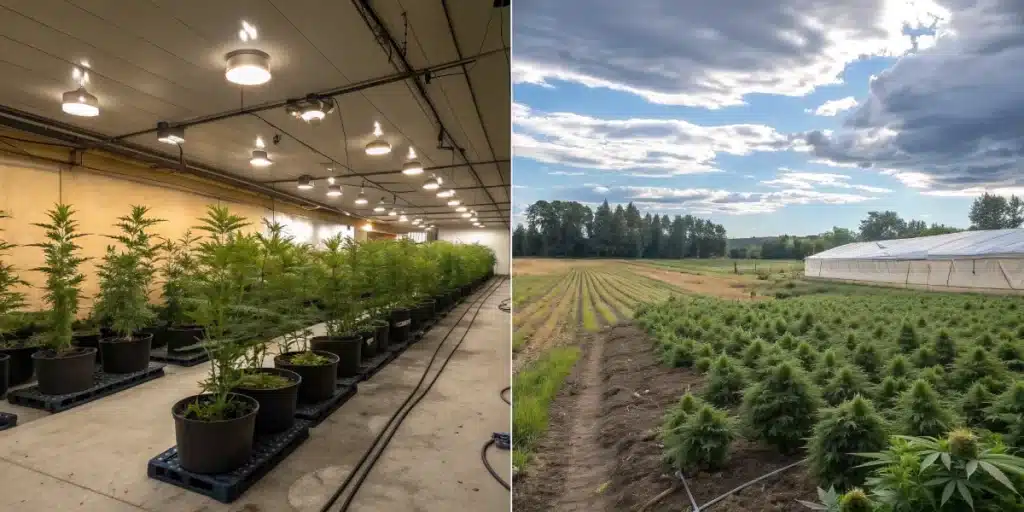
Yield and Quality
Yield and quality are paramount concerns for any cannabis cultivator. Indoor plants often produce smaller yields compared to outdoor plants, but the quality can be exceptionally high. With controlled environments, indoor growers can optimize conditions for potency and flavor, leading to premium-quality cannabis. Many consumers are willing to pay a premium for indoor-grown products due to their consistent quality.
Conversely, outdoor plants tend to grow larger and produce higher yields due to their access to natural sunlight and nutrients. However, outdoor-grown cannabis may face challenges that impact quality, such as pests, diseases, and environmental stressors. While some connoisseurs appreciate the unique flavors of sun-grown cannabis, others may find that indoor-grown strains offer a more polished product.
Ultimately, the choice between indoor and outdoor cultivation depends on individual preferences and goals. Whether seeking higher yields or superior quality, understanding the trade-offs involved in each method is vital for success.
FAQS about Difference Between Indoor and Outdoor Weed
What is the difference between indoor and outdoor weed?
The difference between indoor and outdoor weed primarily lies in the growing environment. Indoor cannabis is cultivated in controlled settings, allowing for year-round growth and optimized conditions. Outdoor cannabis relies on natural sunlight and environmental factors, which can lead to larger plants and potentially higher yields but also greater risks from pests and weather.
Is indoor or outdoor weed better?
Determining whether indoor or outdoor weed is better depends on personal preferences. Indoor cannabis often boasts higher quality and potency due to controlled conditions, while outdoor cannabis can offer larger yields and unique flavor profiles. Ultimately, the choice depends on what the grower values most in their cannabis experience.
How does greenhouse weed compare to indoor weed?
Greenhouse weed combines elements of both indoor and outdoor cultivation. It utilizes natural sunlight while also providing some control over the environment, such as temperature and humidity. This method can yield high-quality cannabis while minimizing some of the risks associated with outdoor growing. Greenhouse weed often strikes a balance between the benefits of both indoor and outdoor methods, making it a popular choice for many cultivators.


